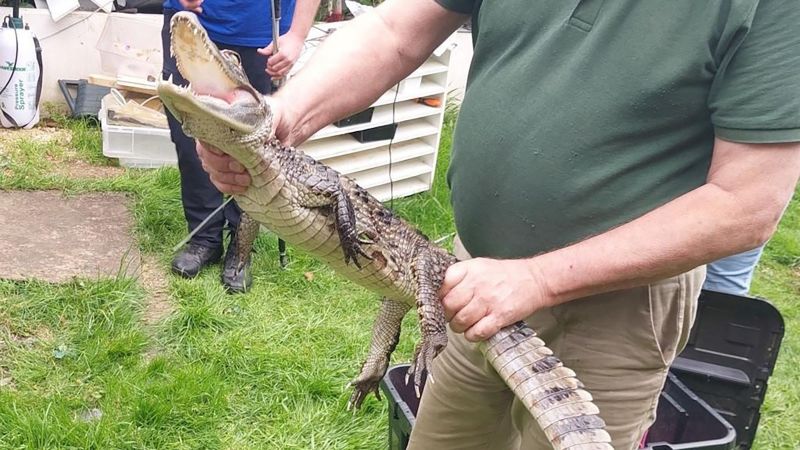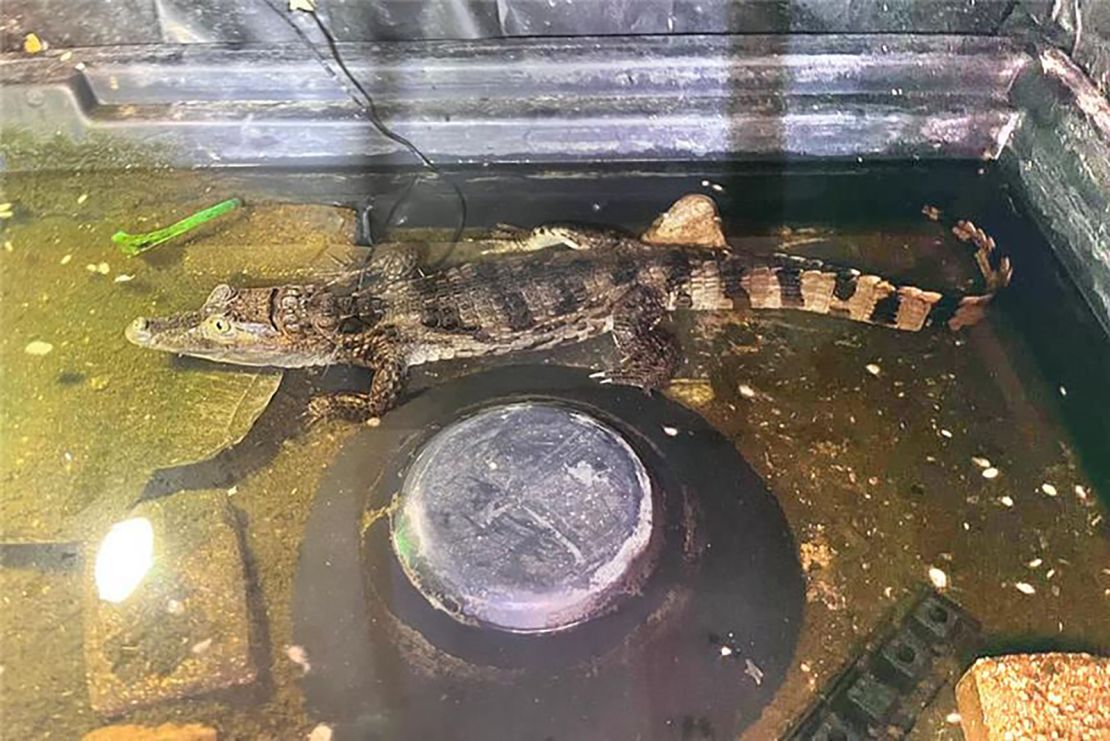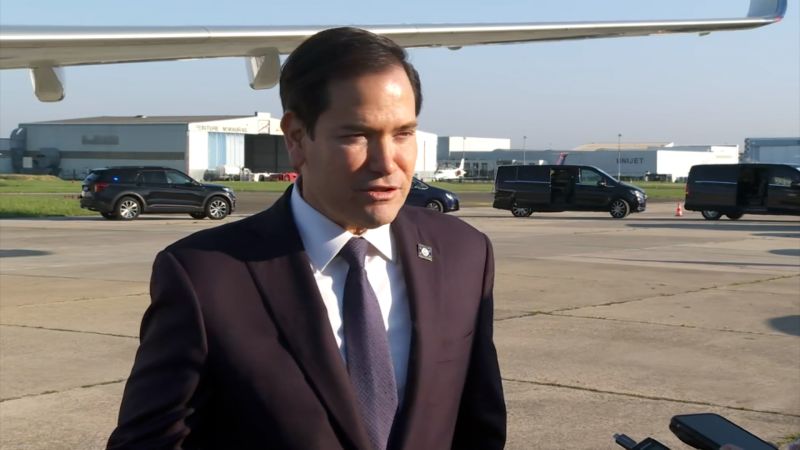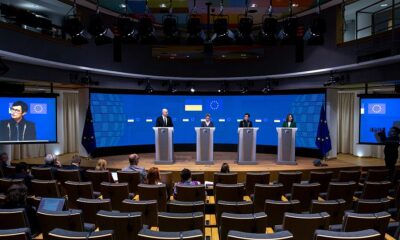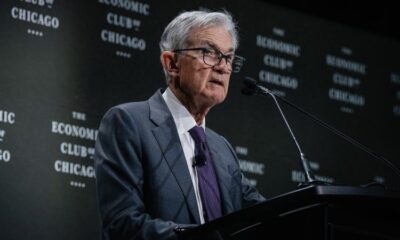London and Kyiv
CNN
—
Offensive operations by Russia’s army have increased across the front line, according to social media posts by Ukrainian officers, an analysis of information from the General Staff in Kyiv and soldiers speaking to CNN.
It is not yet clear if this is the start of a major spring offensive by Vladimir Putin’s forces, of which Ukraine has been warning for some time. However, it appears to suggest the Russian leader is unconcerned about upsetting US President Donald Trump, who will make up his mind “in a matter of weeks” if the Kremlin is serious about peace, Secretary of State Marco Rubio, said last week.
For several months, some of the fiercest fighting has been taking place to the south of the town of Pokrovsk – a one-time key logistics hub for Ukraine’s armed forces in the Donetsk region.
Ukraine’s army has achieved several small tactical successes since the start of the year, pushing back some of the Russian advance towards Pokrovsk, which had bought it to within just a few kilometers of the town center.
But a Ukrainian reconnaissance officer deployed in the area told CNN that, over the last 10 days, Russia’s armed forces became more active again and were bringing forward further manpower and vehicles for future assaults.
“We see it on the drone footage, and we hear them talking about it on the radio intercepts,” said the officer, who CNN is not naming.
But with Pokrovsk itself heavily defended and the military supplies previously situated there largely relocated, Russia’s main effort in the area could be to push westward, rather than north.
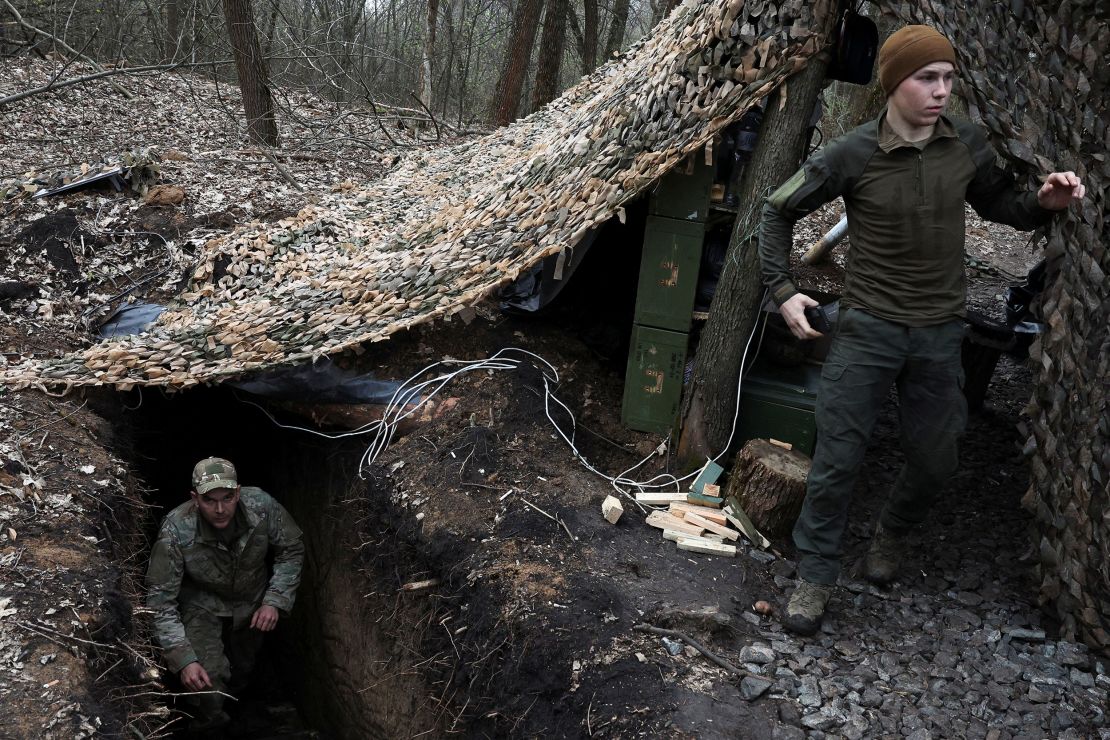
Social media posts by Ukrainian soldiers in the last few days describe fears of possible encirclement in one location and breach of a defensive line in another.
“The frontline in this area has entered an active phase. The Russians will not stop,” one Ukrainian with the call-sign Muchnoi wrote on Telegram.
The aim of the advance is a town called Novopavlivka, he said.
“They will enter the Dnipropetrovsk region – this is one of the key tasks set by the Russian command.”
Moving into Dnipropetrovsk would be a significant moment because it would be the first time Russian troops have set foot there. Indeed, it would be the first new Ukrainian region to come under part-Russian occupation since the earlyweeks of the full-scale invasion more than three years ago.
The Ukrainian mapping service DeepState puts Putin’s forces just six kilometers (3.7 miles) away from the region while people living along the border are already being evacuated, Dnipropetrovsk officials say.
For Putin – and quite possibly American negotiators as well – any Russian control over a part of Dnipropetrovsk could be seen as a useful bargaining chip in a future negotiation.
Luhansk is Ukraine’s easternmost region and the one where Putin’s forces have most control – just a few pockets remain in Ukrainian hands. Here, too, Russian troops have made steady gains in recent weeks, particularly the north of the town of Lyman, a railway hub and rear support base for Ukraine’s troops.
“It’s hard, we need to work on stabilizing the front and methodically knocking out the enemy, otherwise the gangrene will spread,” one Ukrainian officer wrote on Telegram.
Data analysis by CNN of the combat engagements recorded by Ukraine’s General Staff shows an increase in Russian activity over the last two weeks along all parts of the front line. While CNN cannot confirm the numbers, and they are unlikely to be definitive, the data provides clear evidence of an upward shift from March 23 onwards.
Before that date, the average number of daily clashes in March had been around 140 (excluding an outlier on March 11). Since then, while tallies have fluctuated, the average has been around 180 clashes per day, an increase of about 30%.
The data includes the Kursk region in Russia, where Ukraine is now holding on to just a few villages along the border, after a slow but successful Russian rollback of Kyiv’s surprise gains last summer. The ground advances are also seeing Russia make inroads into Ukraine’s neighbouring Sumy region, creating small grey zones where neither side is in complete control.
Further complicating the picture along the northern border is Ukraine’s incursion into a slither of Russia’s Belgorod region, confirmed by Kyiv for the first time on Monday.
Ukrainian soldiers report a variety of Russian tactics in recent weeks.
In the south of Donetsk region, a Ukrainian officer with the call sign Alex described Russian troops moving forward in columns consisting of both armored and soft-skin vehicles– about four to five infantry fighting vehicles and tanks, while “the rest are trucks, cars and golf carts.”
He did not hide his scepticism at the prospects for major Russian advances if current maneuvers reveal a real shortage of armor.
“Yes, they have a lot of manpower, several times more than we do, but whatever one says, in a war in the 21st century, it is impossible to build on any successes and launch a rapid offensive without mechanized means of delivering and supporting infantry,” Alex wrote on Telegram.
Also writing on Telegram, Ukrainian commander Stanislav Buniatov said Russian forces there were suffering heavy losses but continued undeterred. “One unit in this area loses ten to 50 Russians per day,” he said.
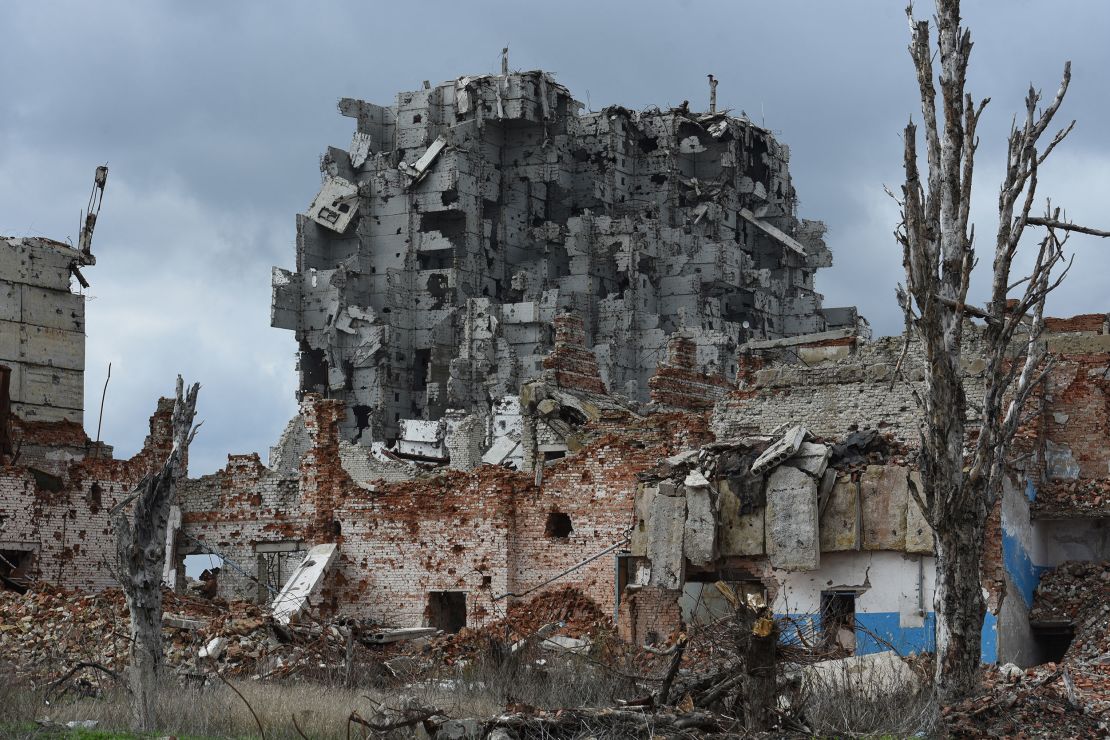
Further west, close to the Dnipro River, where Russian forces last week gained control of the small settlement of Lobkove, a Ukrainian commander with a strike drone squad told CNN he was observing a build-up of manpower between 10-15 kilometers (6-9 miles) behind the line of contact.
“The Russians are operating in small tactical groups of five to seven men, maximum 10 people. As soon as it’s foggy or rainy, they start advancing using bad weather as cover from our drones.”
As spring progresses and the weather turns drier, tactics will change, the drone commander says.
“They can’t use heavy vehicles at the moment. It’s too wet, they will get stuck. As soon as the land dries up, they will make a move; it’s not in doubt, they will charge for sure.”
Despite the downbeat assessments, it is important to keep some perspective. The amount of territory Russia is capturing remains small. For instance, its forces southwest of Pokrovsk, bearing down on Dnipropetrovsk region, are only about 45 kilometers (28 miles) further advanced than they were one year ago.
In fact, Britain’s Ministry of Defence, in common with other analysts, assesses Russia’s rate of advance to have been in steady decline for six months, from about 730 square kilometers captured in November last year to just 143 last month.
Part of this may well be down to the challenges of warfighting in winter, though the US military’s senior commander in Europe, Gen. Christopher Cavoli, in an upbeat testimony to Congress last week, said Kyiv’s forces had “assumed very strong defensive positions,” and were “well dug in.”
“It is very hard to envision Ukraine collapsing and losing that conflict,” Cavoli concluded.
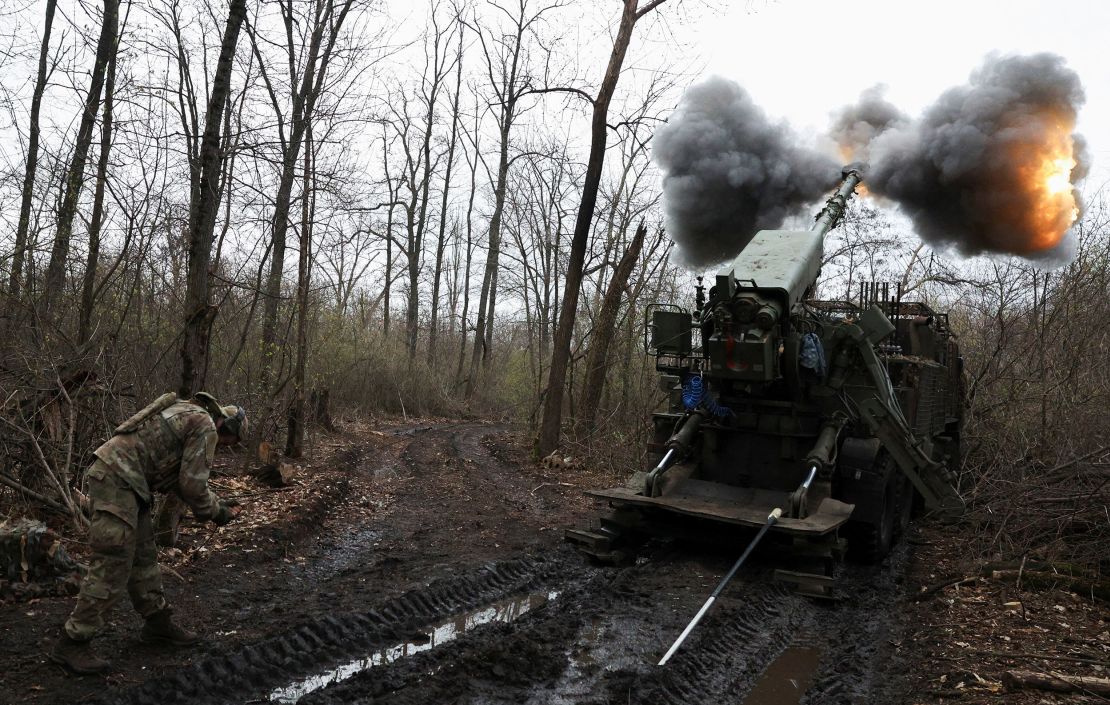
Even so, land warfare analyst Nick Reynolds, of the Royal United Services Institute in London, cautions against thinking that because Russia has not taken much territory, it is not achieving anything.
Russia’s territorial claims, he says, will not be achieved through military advance, tree line by tree line, village by village.
“The aim is attrition, and the goal is not immediate. The goal is to kill people, to destroy equipment, to suck in resources, to bankrupt the Ukrainian state and to break its will to fight.”
Even weak Russian offensives, he says, need some defense by Ukraine, which in turn allows for better mapping of Ukrainian defensive positions, providing targets for artillery or glide bomb attacks.
Even in a best-case scenario, Europe’s stepped-up efforts to re-arm Ukraine, amid doubts over US military support, will likely take a few years to come to fruition. While Ukraine’s own defense industry has made great strides, it remains more economically dependent on its allies than Russia’s, analysts say.
Under pressure from Washington, Ukrainian President Volodymyr Zelensky remains publicly committed to an end to the war, as long as any peace agreement is just and secure and does not allow Russia to resume fighting later.
For its part, the Kremlin says it wants peace too, but only if the “root causes” of the conflict are addressed, which in essence means Ukraine must fall back unequivocally into Moscow’s sphere of influence.
But Putin’s announcement last week of the largest conscription round in more than 10 years, and his stated ambition to build an army with 1.5 million active servicemen, along with an aerial onslaught that shows no signs of slowing, point more to a campaign of attrition than any intention to stop.
For fighters on the front lines, even high-ranking officers, peace talks mean little.
“Trust me, in my experience, when you are sitting there at the front, you don’t think about them. There is an order to follow and there is a desire to survive,” one told CNN.
Victoria Butenko contributed reporting.


